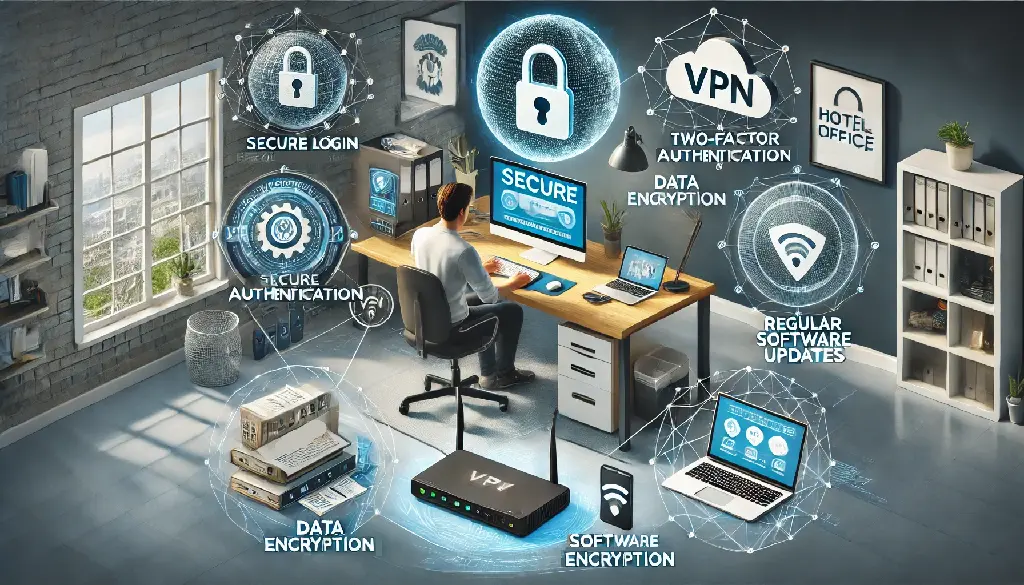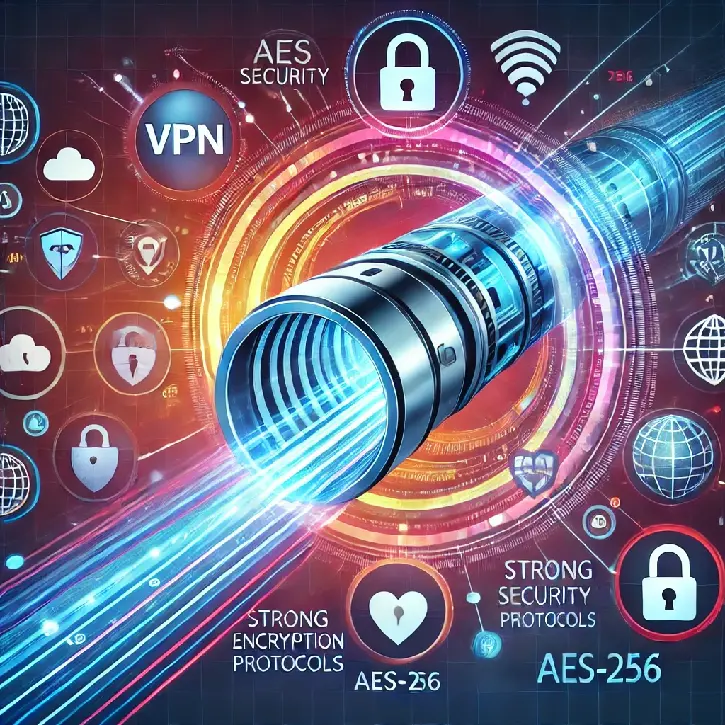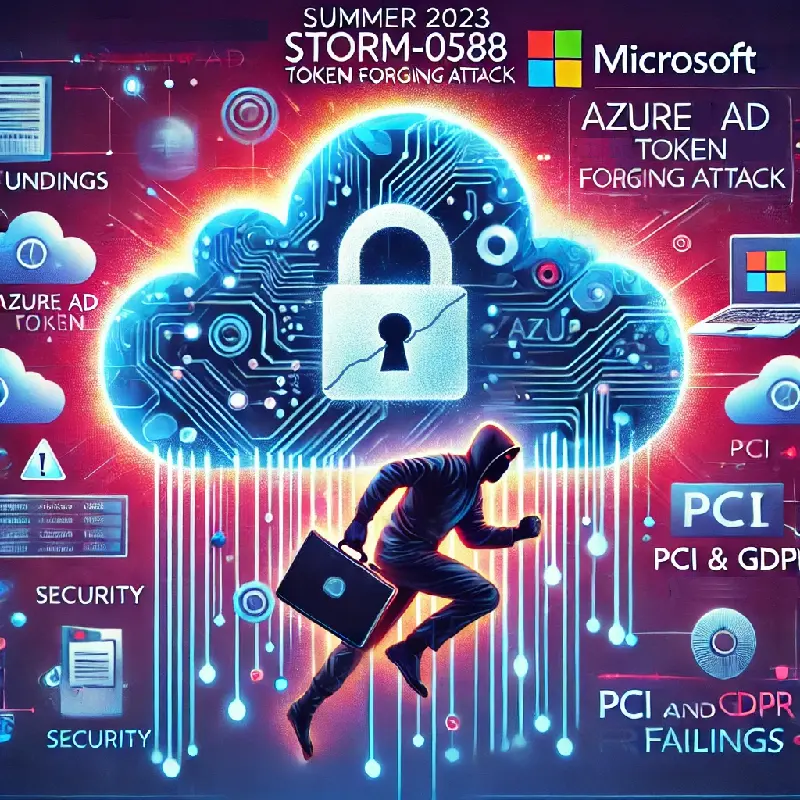Introduction
The shift to remote working, offers businesses increased flexibility and new opportunities for productivity. However, this shift also introduces significant cyber-security challenges that can jeopardise sensitive data and business continuity. As cyber threats become more sophisticated, businesses must implement more comprehensive strategies to secure their remote operations.
In this blog, we explore the best practices for maintaining secure remote working. From securing endpoints to implementing robust access controls, and from understanding the role of VPNs to adopting an zero trust architecture, we cover essential strategies that helps your business protect its valuable data. We will also delve into the importance of choosing secure communication and collaboration tools, ensuring that your remote workforce remains productive and secure. By following these guidelines and incorporating insights from the National Cyber Security Center (NCSC), you can better defend your business against the ever-evolving landscape of cyber threats.
Securing Endpoints
Endpoints, such as laptops, tablets, and smartphones, are critical access points for remote employees. Ensuring these devices are secure is paramount to protecting your network. Here are some best practices:

1. Regular Software Updates
Keeping software up-to-date is one of the most effective ways to protect against cyber threats. Ensuring all endpoint devices have the latest security patches and software updates. Automated update management tools can help streamline this process and reduce the risk of unpatched vulnerabilities in third party software.
2. Antivirus and Anti-Malware
Install and maintain up-to-date antivirus and anti-malware software on all devices. These tools can detect and remove malicious software before it can cause harm. Regularly schedule scans and ensure real-time protection is enabled to provide continuous defense against threats. Leveraging third-party software solutions can enhance your security measures by providing advanced threat detection and management capabilities.
3. Encryption
Encryption is essential for protecting sensitive data on endpoint devices. Use encryption to protect data stored on devices (data at rest) and transmitted over the internet (data in transit). Full disk encryption ensures that data remains secure even if a device is lost or stolen.
4. Device Management
Implement Mobile Device Management (MDM) solutions to monitor, manage, and secure employees' devices. MDM solutions can enforce security policies, such as password requirements, device encryption, and provide remote wipe capabilities to erase data if a device is lost or compromised.
5. Secure Configuration
Ensure that endpoint devices are configured securely. Disable unnecessary services and features, enforce strong password policies, and limit administrative privileges to reduce the risk of exploitation. Regularly review and update configuration settings to adapt to new threats.
6. Endpoint Detection and Response (EDR)
Deploy EDR solutions to monitor endpoint activities, detect suspicious behavior, and respond to threats in real-time. EDR tools provide visibility into endpoint security events and enable rapid incident response to mitigate potential breaches.
7. User Training
Educate employees on the importance of endpoint security and best practices for maintaining it. Training should cover topics such as recognising phishing attempts, using strong passwords, and securing devices when not in use. Regular security awareness training can significantly reduce the risk of user-related security incidents.
Implementing Robust Access Controls
Access controls are essential to ensure that only authorised users can access sensitive information. Here are some best practices to consider:

1. Multi-Factor Authentication (MFA)
Multi-Factor Authentication (MFA) adds an extra layer of security by requiring users to verify their identity using two or more factors: something they know (password), something they have (security token or mobile device), and sometimes something they are (biometric verification). Implementing MFA significantly reduces the risk of unauthorised access due to compromised credentials.
2. Role-Based Access Control (RBAC)
Role-Based Access Control (RBAC) assigns permissions based on the user's role within the organisation. This approach ensures that users only have access to the information and resources necessary for their job functions, minimising the risk of data breaches and insider threats. Regularly review and update role-based assignments to reflect changes in users job responsibilities.
3. Zero Trust Architecture
Adopting a Zero Trust Architecture means that every user and device must be authenticated and authorised, regardless of their location within or outside the network. The key principles of Zero Trust include verifying explicitly, using least-privilege access, and assuming breach. This approach helps to mitigate the risks associated with remote work and provides a robust security framework.
4. Secure Access Service Edge (SASE)
Secure Access Service Edge (SASE) combines networking and security functions into a unified cloud service, providing secure access to applications and data. SASE integrates capabilities like secure web gateways, firewalls, and Zero Trust Network Access (ZTNA), offering comprehensive protection for remote users accessing corporate resources.
5. Conditional Access Policies
Implement conditional access policies to enforce access controls based on specific conditions, such as user location, device health, and behavior patterns. For instance, you can require MFA when users attempt to access resources from an unfamiliar location or device. These policies help to ensure that access is granted only under secure conditions.
6. Endpoint Identity and Access Management (IAM)
Utilise Identity and Access Management (IAM) solutions to manage user identities and control access to resources. IAM solutions can automate user provisioning and de-provisioning, enforce access policies, and provide detailed auditing and reporting capabilities. Ensure that IAM systems are integrated with other security tools to enhance overall security posture.
7. Monitoring and Auditing
Regularly monitor and audit access controls to detect and respond to suspicious activities. Implement logging and monitoring solutions to track user access and behavior, and conduct periodic audits to ensure compliance with security policies and regulations. Promptly investigate and address any anomalies to prevent potential breaches.
VPN vs. Zero Trust: A Comparative Approach
The National Cyber Security Centre (NCSC) emphasizes the importance of not removing Always On VPN (AOVPN) prematurely when migrating to a Zero Trust architecture. Here’s a breakdown of considerations for both approaches:
VPN: Traditional Security Approach
Advantages:
- Data in Transit Protection: VPNs create an encrypted tunnel between the user's device and the corporate network, protecting data in transit from eavesdropping and tampering.
- Legacy System Support: VPNs enable remote access to legacy systems that may not support modern security protocols.
- Defense-in-Depth: VPNs provide an additional layer of security by routing all traffic through a secure, monitored network, enabling better control and visibility.
Disadvantages:
- Single Point of Failure: If the VPN server is compromised, attackers could gain access to the entire network.
- Performance Bottlenecks: VPNs can introduce latency and bandwidth issues, impacting user experience and productivity.
- Scalability Challenges: As remote work scales, VPN infrastructure may struggle to handle the increased load.

Zero Trust: Modern Security Paradigm
Advantages:
- Enhanced Security: Zero Trust assumes no implicit trust; every access request is verified based on the user's identity, device health, and context, reducing the risk of unauthorised access.
- Granular Access Controls: Access is granted on a need-to-know basis, ensuring users only access the resources necessary for their role.
- Scalability and Flexibility: Zero Trust is designed for modern, cloud-centric environments, making it easier to scale and adapt to changing business needs.
Disadvantages:
- Complex Implementation: Migrating to a Zero Trust architecture requires significant planning and investment in new technologies and processes.
- Integration Challenges: Ensuring all systems and applications comply with Zero Trust principles can be difficult, especially for legacy systems.
- Continuous Management: Zero Trust requires ongoing monitoring and management to maintain security and adapt to new threats.

Comparative Analysis
1. Data in Transit Protection
- VPN: Uses encrypted tunnels to protect data during transmission.
- Zero Trust: Implements TLS and other encryption methods, ensuring data is protected at every step of the communication process.
2. Authentication and Authorisation
- VPN: Generally relies on initial authentication to grant access to the network.
- Zero Trust: Requires continuous authentication and authorisation for each access request, adhering to the principle of "never trust, always verify."
3. Support for Legacy Systems
- VPN: Supports remote access to legacy systems through secure tunnels.
- Zero Trust: May require additional solutions like managed tunnels to secure legacy systems that cannot directly implement Zero Trust principles.

4. Scalability and Performance
- VPN: Can face scalability and performance issues due to centralised infrastructure.
- Zero Trust: Designed to scale with cloud environments, offering better performance by reducing reliance on central gateways.
5. Monitoring and Control
- VPN: Provides centralised control and monitoring of all traffic through the VPN server.
- Zero Trust: Utilises distributed monitoring and control, integrating with various security tools to provide comprehensive visibility and threat detection.
6. Security Posture
- VPN: Adds an extra layer of defense but can be a single point of failure.
- Zero Trust: Minimises risk by assuming all network traffic is un-trusted and requires validation.
Secure Communication and Collaboration Tools
With hybrid working becoming the norm, choosing the right communication and collaboration tools is crucial. The National Cyber Security Centre (NCSC) provides several recommendations to ensure these tools are secure and effective:

1. End-to-End Encryption
Ensure the communication and collaboration tools supports end-to-end encryption for both data in transit and at rest. This ensures that only the intended recipients can access the data, and it remains protected from interception and unauthorised access.
Key Points:
- Verify: that the encryption protocols are robust and well-implemented.
- Check: if encryption covers all types of data, including messages, files, and video calls.
2. GDPR Compliance
Verify that the communication and collaboration tools are GDPR compliant to protect user data and ensure they meet regulatory requirements. Compliance with GDPR ensures that personal data is handled securely and ethically.
Key Points:
- Review: the tool’s privacy policy and data handling practices.
- Ensure: the tool provides necessary controls for data access, modification, and deletion.
3. Secure Configuration
Configure the communication and collaboration tools to minimise risk by enabling security features and enforcing best practices. Proper configuration can prevent unauthorised access and data leaks.
Key Points:
- Enable: Multi-Factor Authentication (MFA) for accessing the tools.
- Configure: access permissions based on user roles and responsibilities.
- Regularly: update and patch the tools to fix security vulnerabilities.
4. User Training and Awareness
Educate employees on the secure use of communication and collaboration tools. User awareness is critical in preventing security incidents caused by human error.
Key Points:
- Provide: training on recognising phishing attempts and other common threats.
- Offer: guidelines on secure usage, such as avoiding sharing sensitive information over unsecured channels.
5. Integration with Security Tools
Ensure that the communication and collaboration tools integrate well with existing security infrastructure. Integration with security tools can provide better monitoring and management capabilities.
Key Points:
- (IAM) system: Use communication and collaboration tools that support integration with your organisation's Identity and Access Management (IAM) system.
- Ensure compatibility: with security monitoring and incident response solutions.
6. Regular Security Audits
Conduct regular security audits of the communication and collaboration tools to identify and address potential vulnerabilities. Security audits help maintain a strong security posture and ensure compliance with security policies.
Key Points:
- Schedule: periodic reviews and penetration testing.
- Address: any identified issues promptly to prevent exploitation.
Recommended Communication And Collaboration tools
Microsoft Teams
- Features: End-to-end encryption, role-based access control, integration with Microsoft 365 security.
- Best Use: Secure internal and external communication, file sharing, and collaboration.
Slack
- Features: Data encryption, compliance with GDPR, customisable security settings.
- Best Use: Team messaging, project collaboration, integration with third-party apps.
Zoom
- Features: Encryption for video calls, secure meeting controls, waiting rooms, and passcodes.
- Best Use: Secure video conferencing, webinars, virtual meetings.
Cisco Webex
- Features: Robust encryption, secure user management, compliance with industry standards.
- Best Use: Video conferencing, team collaboration, large-scale virtual events.
Signal
- Features: Strong end-to-end encryption, minimal data retention, open-source for transparency.
- Best Use: Secure messaging and voice calls, ideal for highly confidential communications.
Conclusion
As businesses continue to embrace remote and hybrid working models, securing remote operations is a essential task. By following best practices for endpoint security, implementing robust access controls, and understanding the comparative advantages of VPN and Zero Trust architectures, businesses can significantly enhance their cyber-security posture.
Choosing the right communication and collaboration tools also plays a crucial role in protecting sensitive information and maintaining seamless operations. Tools that offer end-to-end encryption, comply with the GDPR,regulations whilst integrating well with existing security infrastructure are indispensable. Additionally, regular security audits, user training, and enforcing secure configuration are key components in maintaining a secure remote work environment.
The guidance from the UK National Cyber Security Centre (NCSC) provides practical steps to implement an remote working cyber-security strategy. Whether it's securing your existing VPN until Zero Trust principles are fully implemented or selecting the most secure communication tools, their guidance ensures that your remote work environment is secure.
By adopting the strategies outlined in this blog and continuously adapting to emerging threats, businesses can protect their sensitive data, ensure business continuity, and support a secure, productive remote workforce.





Categories